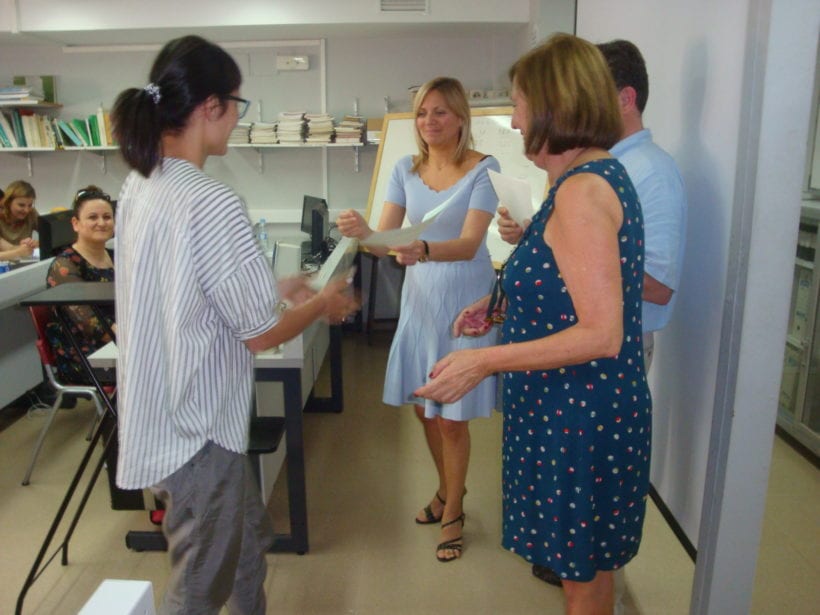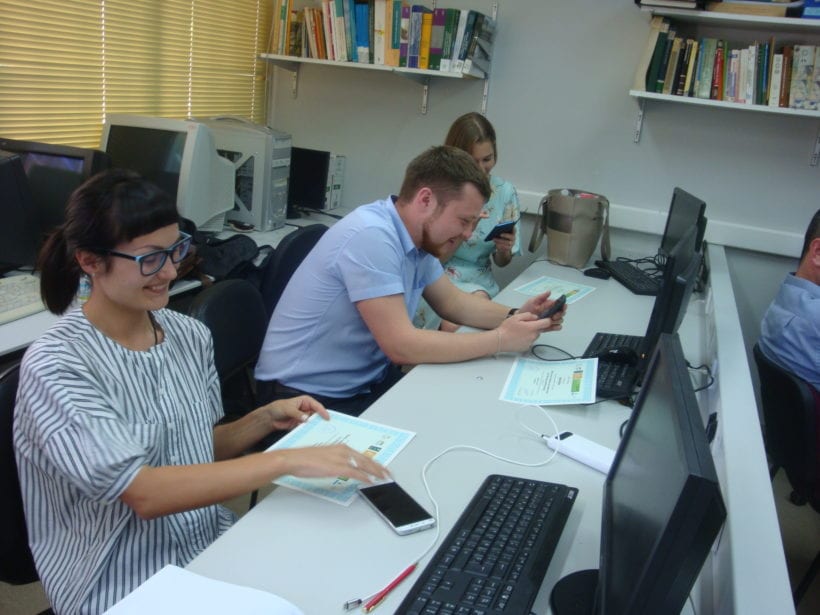Russian Quality Control Specialists Attend USSEC Microscopy and NIR Training in Spain
- Category:
- General News
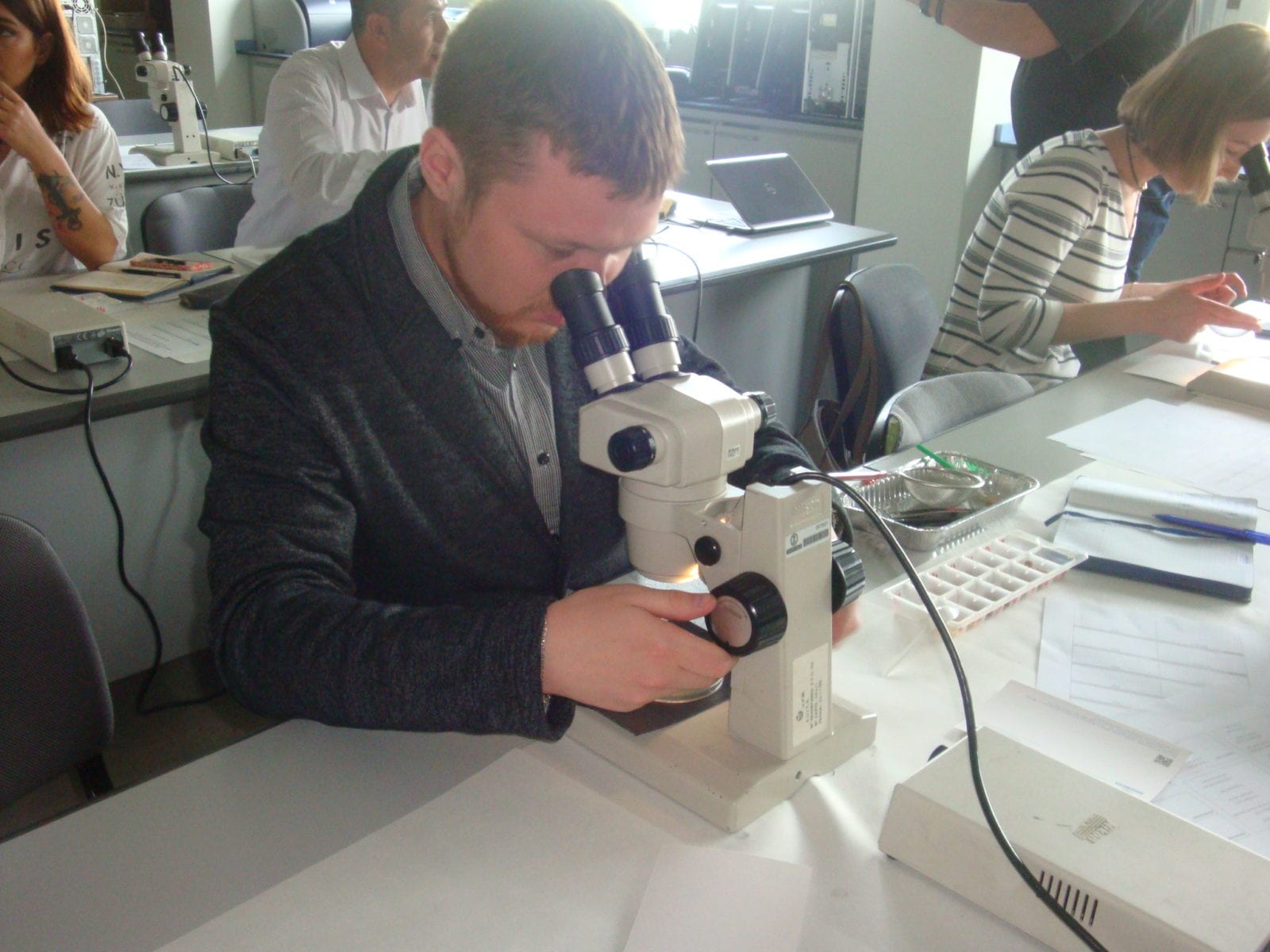
In May, a team of specialists from the leading Russian quality control laboratories attended the USSEC technical meeting and training course: “Quality Control of Ingredients and Compound Feeds: Use of Microscopy and NIRS technology” at the Polytechnic Universities of Madrid and of Cordoba.
USSEC consultant – Russia Dr. Maria Domoroshchenkova escorted the team. Professor Gonzalo Mateos, USSEC consultant – Spain, developed and guided the four-day training course for a limited group of visitors including Romanian, Russian, Polish, and Turkish customers and the USSEC sub regional consultants.
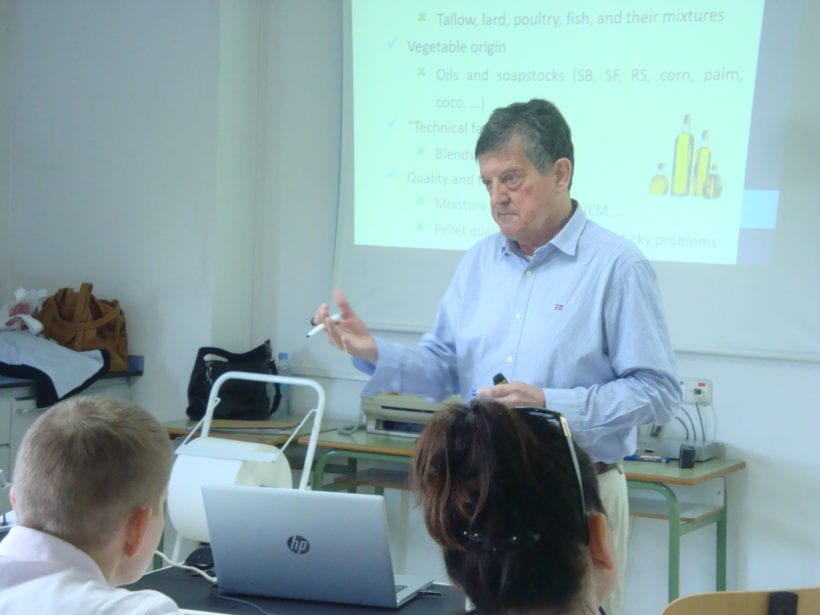
The Russian team was represented by young specialists from three companies: Cherkizovo Lab, a special quality control R&D center of Cherkizovo Group, the largest Russian meat and compound feed producer; from JSC New Lab, a quality control and testing laboratory of the Sodrugestvo Group, the largest soybean crusher and soybean importer in Russia and the Commonwealth of Independent States (CIS); and from the Federal Centre of Quality and Safety Assurance for Grain and Grain products with affiliates in many regions of Russia.
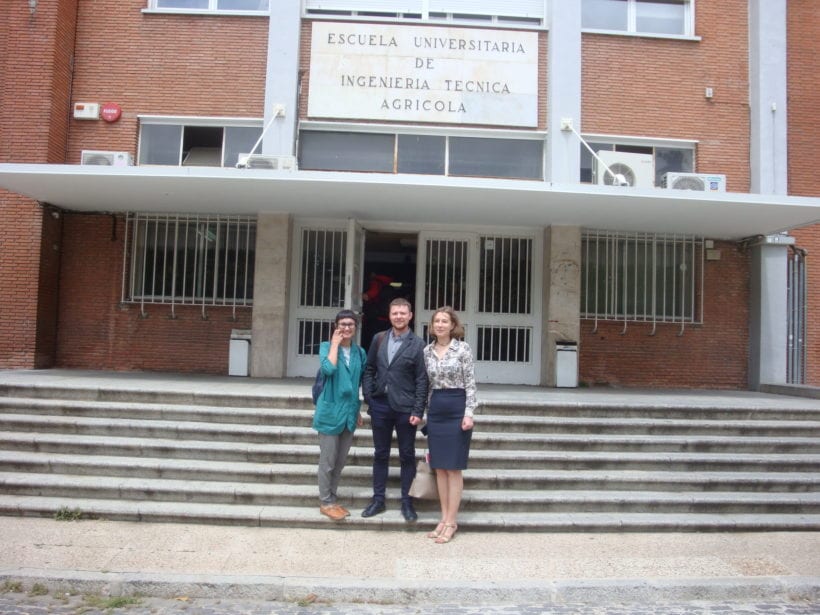
A two-day training on feed microscopy at the Universidad Politécnica de Madrid was of special interest to the Russian customers as they had less application experience of this technique for the testing of plant raw materials. For Semen Bibikov, senior specialist of the Center of Feed and Animal Products Quality Testing from Cherkizovo Lab, the training was highly important as he is working on his Ph.D. thesis in a similar area. He told the instructors, Dr. Ana Cristina Barroeta Lajusticia, Dr. Roser Sala Pallarès, and Dr. Paloma Rebollar, professors from Barcelona and Madrid Universities, that the training itself provided him with a deep knowledge and new experience. He admired the microscopy technique and was amazed with the versatility of the methods demonstrated during the training to detect and differentiate different types of raw materials, contaminants, and adulterants. Mr. Bibikov was upset that there are no reference materials published in Russia, especially in regard to pictures of soybeans and soybean products.
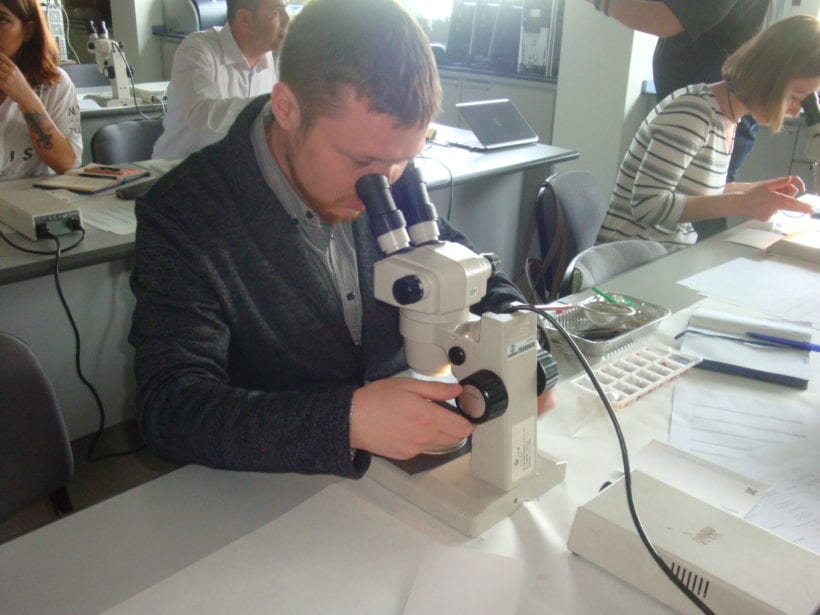
The other Russian specialists had no practice in using microscopy technique for identification of grains and oilseeds and different parts of the plant materials. The instructions and assistance of the Spanish professors were very helpful.
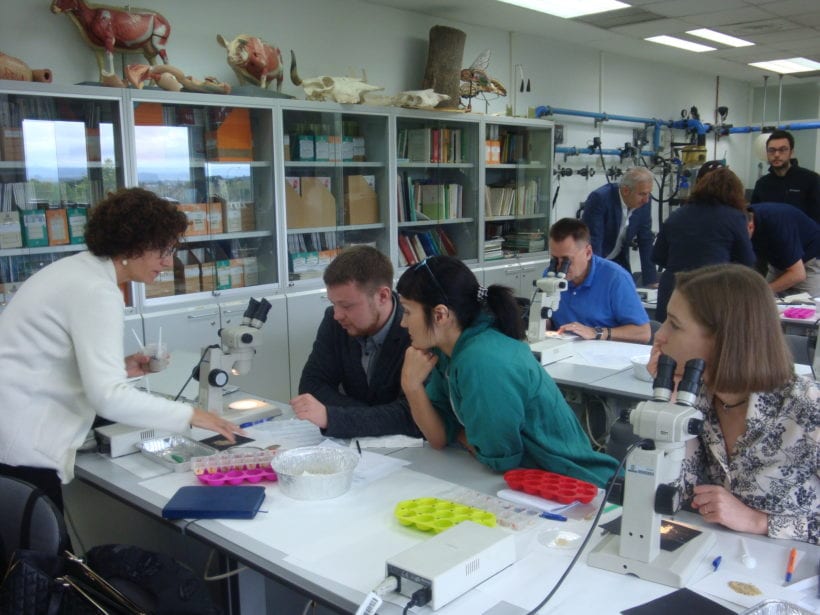
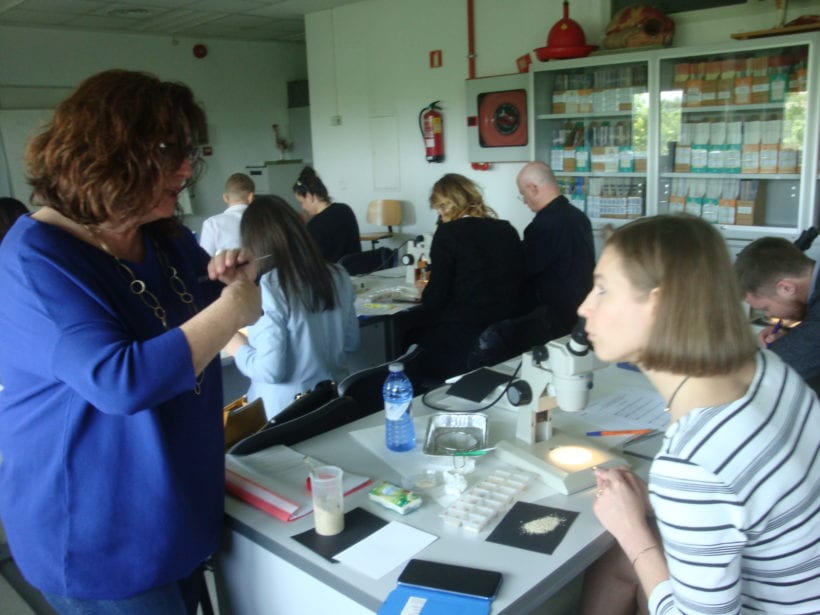
The microscopy classes were very interesting to and provided knowledge for the Russian participants. In the final evaluation of skills obtained during this short microscopy training, the Russian team members received the highest scores of 9 and 10 performing the microscopy analyses of different blends of feeding materials of plant origin.
A visit to the Cargill’s quality control laboratory was impressive to all of the Russian participants, as they work in similar institutions and could compare the analytical devices and methods used for the evaluation of soy and other materials.
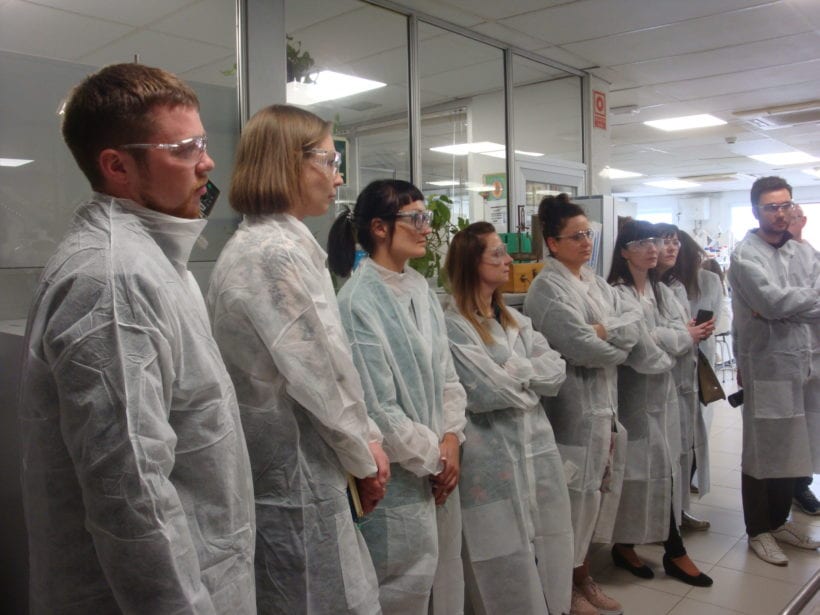
The near infrared (NIR) classes in University of Cordoba under the guidance of Professors Ana Garrido-Varo and Lola Perez-Marin were focused on various applications of NIR analyses in animal feed and the technology itself. The trainees were shown all kinds of equipment and analytical procedures of testing of different plant raw materials. Though NIR technique is well known and widely applied in Russia, the course attendees were amazed with new types of instruments available today and scope of research activities done by the Spanish specialists in Cordoba.
All three invited Russian companies perform testing of soybeans and soybean meal on a regular basis and the attendees said they would share the knowledge gained during the USSEC training with their colleagues and tell about the benefits of U.S. Soy. They were grateful to USSEC for the possibility to attend such training.
